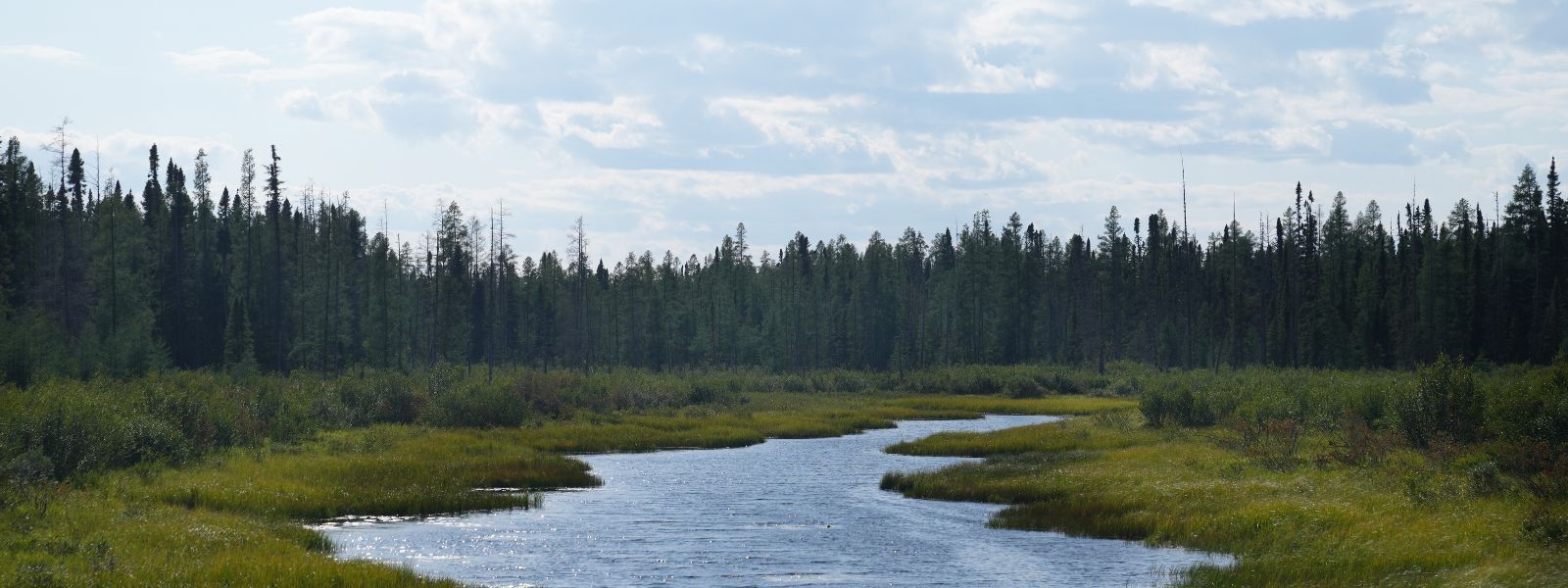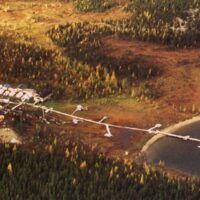This blog post was previously published in The Hill Times.
Imagine if Canada became the world leader in sustainable and equitable mining practices. Instead of waiting for an international blueprint, Canada could show the world that resource wealth, Indigenous rights, and environmentally sustainable practices are not mutually exclusive—that inclusive, forward-looking mining is both possible and necessary.
Right now, there is urgency in industry and government circles to develop Canada’s vast mineral reserves, as the country searches for new engines of economic growth given the imploding trade relationship with the United States. That implosion coincides with skyrocketing global demand for critical minerals, the essential ingredients for wind turbines, electric vehicles, and the global clean energy transition.
Mineral-rich northern, rural lands on the traditional territories of Indigenous peoples stretch from the Ring of Fire in Ontario to the Yukon and Nunavut. All of them are under growing attention from major companies and investors.
This new-found urgency has given rise to a troubling narrative: mineral development and Indigenous rights are mutually exclusive and on a collision course. In fact, the opposite is true: to unlock Canada’s full mining potential, governments and industry must treat Indigenous rights and territorial development as central pillars—not afterthoughts—in our mining future.
The path forward is clear: governments should take a “territorial development approach” to mining. That begins with those who live in the region and puts relationships and environmental stewardship first, with a commitment to long-term, shared economic development.
This approach asks: how can development bring lasting value to the region, not just to investors? Around the world, from Norway’s oil success to Australia’s mining royalties, we’ve seen that when local and regional interests are prioritized, countries build stronger industries.
What policies enable this kind of approach to mining?
Indigenous rights to land, self-government, and free, prior, and informed consent are already part of Canadian law and affirmed by the constitution, the Supreme Court, and legislation. Nowhere could their full implementation be more relevant—or transformative—than in the rules we set for mining.
Instead of seeing Indigenous-led impact assessments, self-government, or revenue sharing as hoops to jump through, policies should encourage and reward true collaboration. For example, projects that result from meaningful partnerships and include strong local governance, can actually accelerate permitting, not delay it. Agreements between the Tahltan Nation and the Province of British Columbia demonstrate that consent-based co-governance of mining projects on traditional Indigenous territories can empower local communities and improve regulatory clarity for investors.
Comprehensive regional or territorial planning that captures the interplay between mining, hunting, clean water, and other land uses is also critical to this path. It requires that governments provide real support for Indigenous and northern land-use planning. It means reforming environmental assessment processes to be truly nation-to-nation, with federal and provincial regulators working alongside Indigenous authorities from the start, not in parallel or after the fact. It requires offering stable incentives for companies that commit to hiring locally, building regional infrastructure, and sharing mining royalties with local governments and Indigenous nations.
This is not just an ideal; it’s already happening on a smaller scale. In Quebec and British Columbia, landmark agreements have seen Indigenous nations leading or co-managing environmental reviews and reaping a meaningful share of revenues. Some northern First Nations have turned skills training and benefit agreements into lasting jobs and community investments.
If Canada makes these successes the norm, the payoff can be enormous. We could vault from occasional headlines about disputes and delays to sustained, internationally renowned leadership and long-term growth. Canada could become a place where mining companies invest because the country’s model of working collaboratively has led to successful projects and is a hallmark of responsible industry. We could see Indigenous and northern communities thriving as full partners and innovators, not just resource hosts. We could prove that with vision, capacity, courage, and respect, the trade-off narrative was always false. Leadership in inclusion and responsibility projects to the world that Canada is a safe and reliable jurisdiction for mining.
Becoming a world leader in sustainable and equitable mining is not merely a nice idea for Canada. It is an economic and moral necessity. We have the tools, the resources, and above all, the people. The time to act is now—for the benefit of all Canadians, especially those who call our resource-rich regions home.




